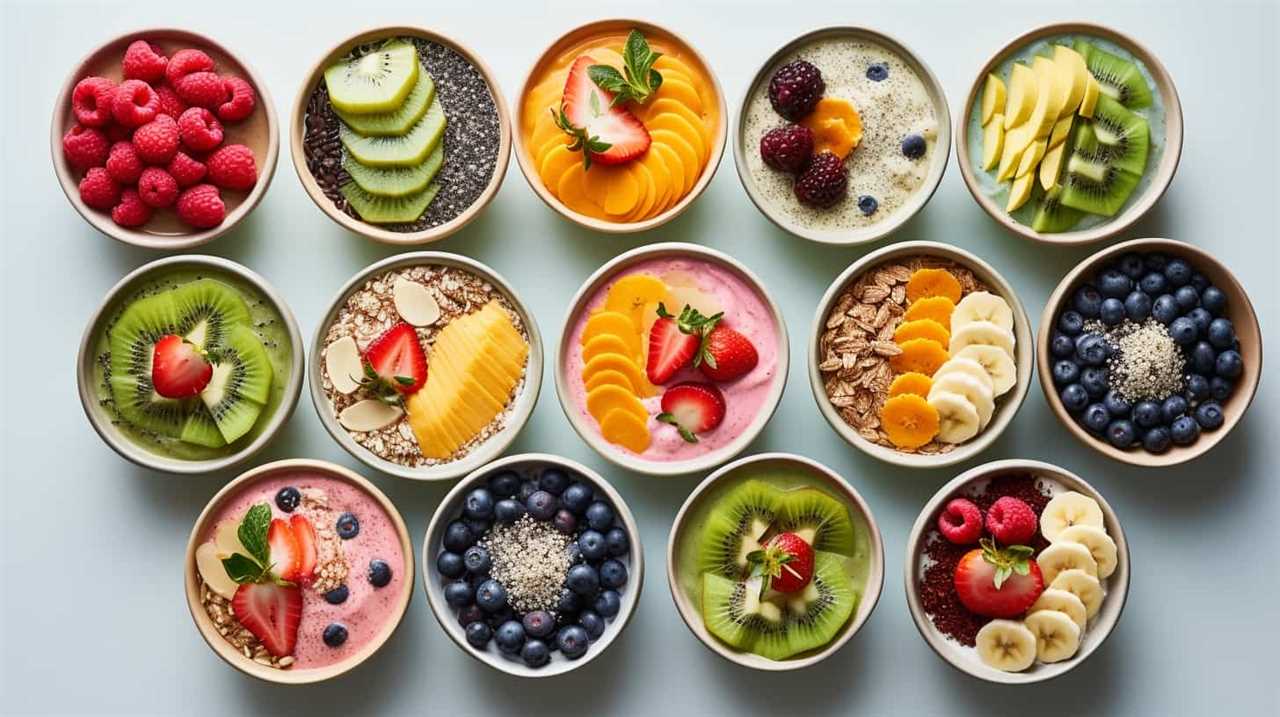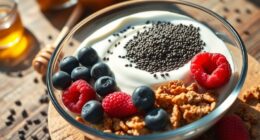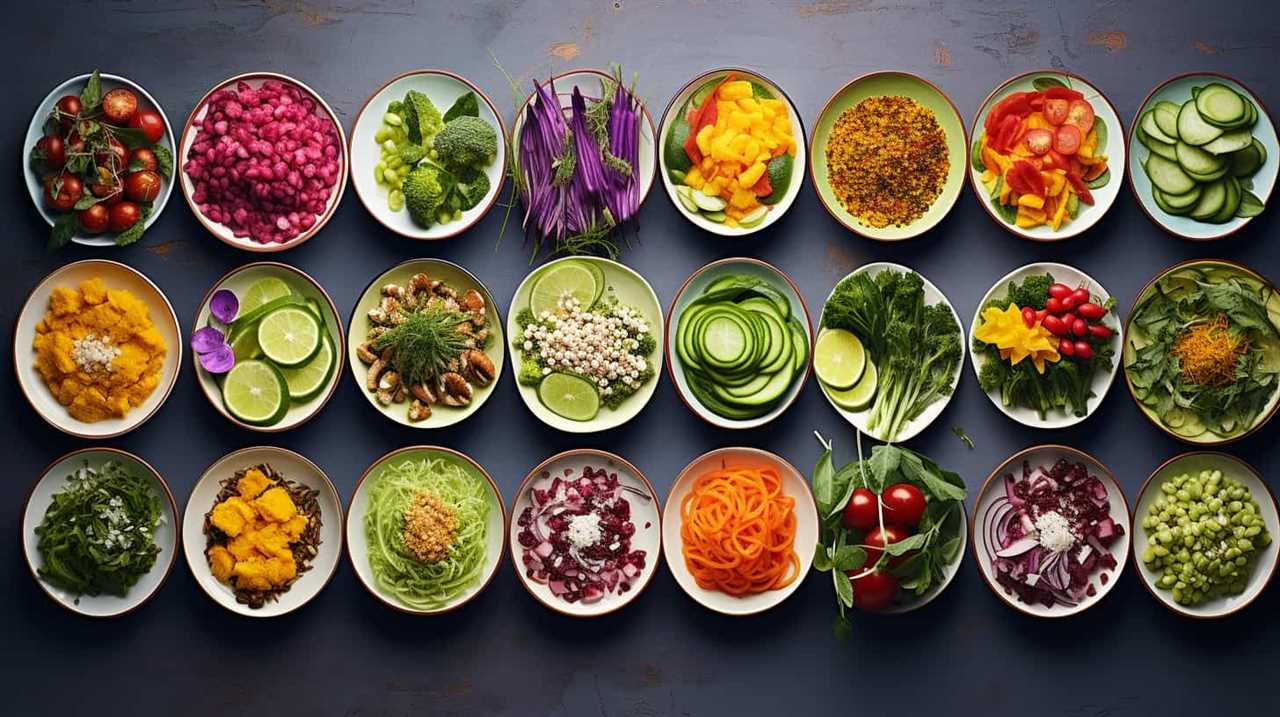
We possess exclusive information on the best practices for cultivating and tending to Salvia Hispanica, commonly known as chia.
Did you know that chia seeds are packed with essential nutrients and offer numerous health benefits?
In this article, we’ll share expert tips on choosing the right soil, providing adequate sunlight, proper watering techniques, managing pests and diseases, and harvesting and storing chia seeds.
Get ready to transform your garden into a thriving chia paradise with our practical and evidence-based advice!
Key Takeaways
- Use well-draining soil and add organic matter for nutrient-rich soil preparation
- Ensure Salvia Hispanica receives 6-8 hours of direct sunlight or use artificial grow lights
- Water once per week, keeping the soil moist but not soggy, and adjust watering during different seasons
- Regularly inspect plants for pests and diseases, using organic insecticides and providing proper air circulation
Choosing the Right Soil
We prefer using well-draining soil when cultivating and nurturing Salvia Hispanica. Proper soil preparation is essential for the successful growth of this plant.
Salvia Hispanica, also known as chia, thrives in soil that allows excess water to drain away, preventing root rot and other moisture-related issues. When preparing the soil, it’s important to ensure that it’s loose and well-aerated. This will promote healthy root development and enhance nutrient absorption.
Additionally, chia plants have specific nutrient requirements that should be met for optimal growth. Adding organic matter, such as compost or well-rotted manure, to the soil will help to provide the necessary nutrients. Regular soil testing is also recommended to monitor nutrient levels and make any necessary adjustments.
Providing Adequate Sunlight
To ensure optimal growth, it’s crucial to provide Salvia Hispanica with adequate sunlight, allowing it to thrive and reach its full potential. Sun exposure plays a vital role in the growth and development of this plant. Here are a few important points to consider when it comes to meeting the light requirements of Salvia Hispanica:
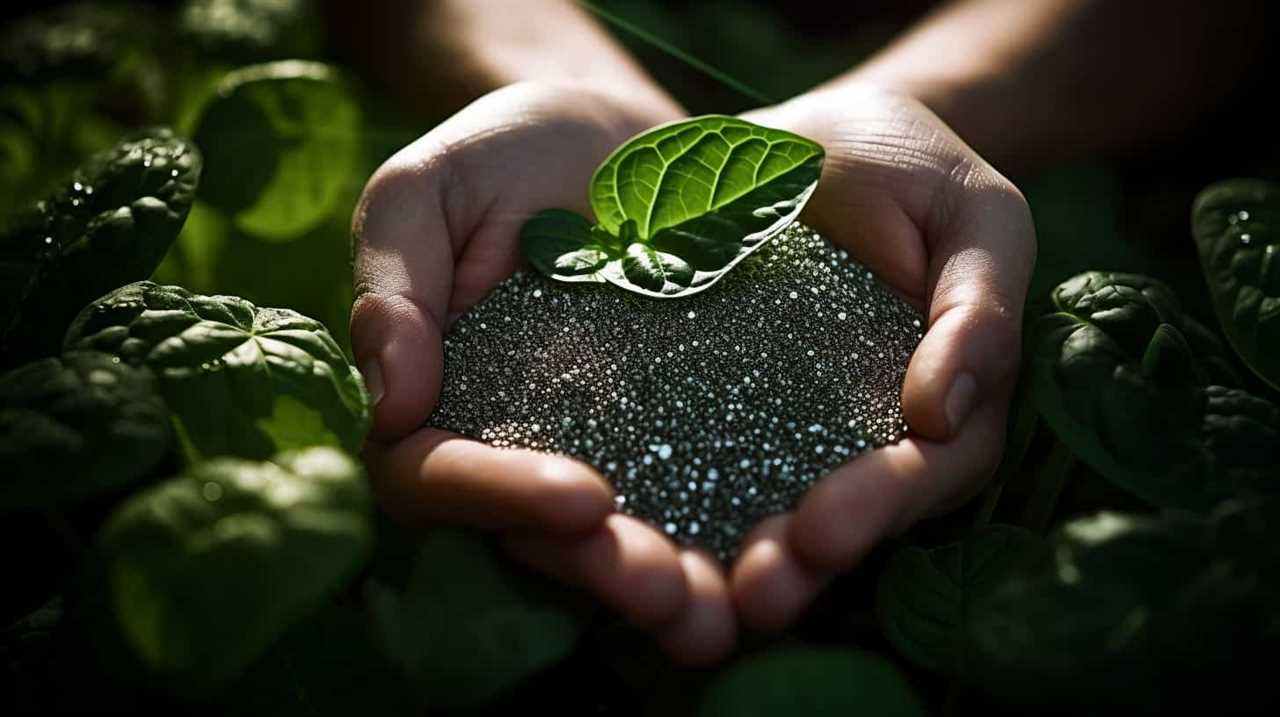
- Salvia Hispanica requires at least 6-8 hours of direct sunlight each day.
- Place the plant in a location where it can receive the most sunlight, such as a sunny window or a spot in the garden with maximum exposure to the sun.
- If growing indoors, consider using artificial grow lights to supplement the natural sunlight and ensure the plant gets enough light.
By providing Salvia Hispanica with adequate sun exposure, you’re enabling it to photosynthesize efficiently and produce strong, healthy growth.
Remember to monitor the sunlight levels and adjust accordingly to ensure your plant receives the best light conditions for its optimal growth.
Proper Watering Techniques
After ensuring Salvia Hispanica receives adequate sunlight, the next crucial aspect of its care is implementing proper watering techniques. Watering frequency and maintaining optimal moisture levels are key to the plant’s health and growth. Overwatering can lead to root rot, while underwatering can cause the plant to wilt and die. To help you understand the watering needs of Salvia Hispanica, here is a table outlining the recommended watering frequency and optimal moisture levels:
| Watering Frequency | Optimal Moisture Levels |
|---|---|
| Once per week | Moist but not soggy |
| During dry spells | Moist |
| During cooler months | Reduce watering but ensure soil remains slightly moist |
Managing Pests and Diseases
Once the proper watering techniques are in place, it’s important to address the issue of managing pests and diseases in cultivating and nurturing Salvia Hispanica. Here are some practical tips to prevent common pests and manage fungal infections:
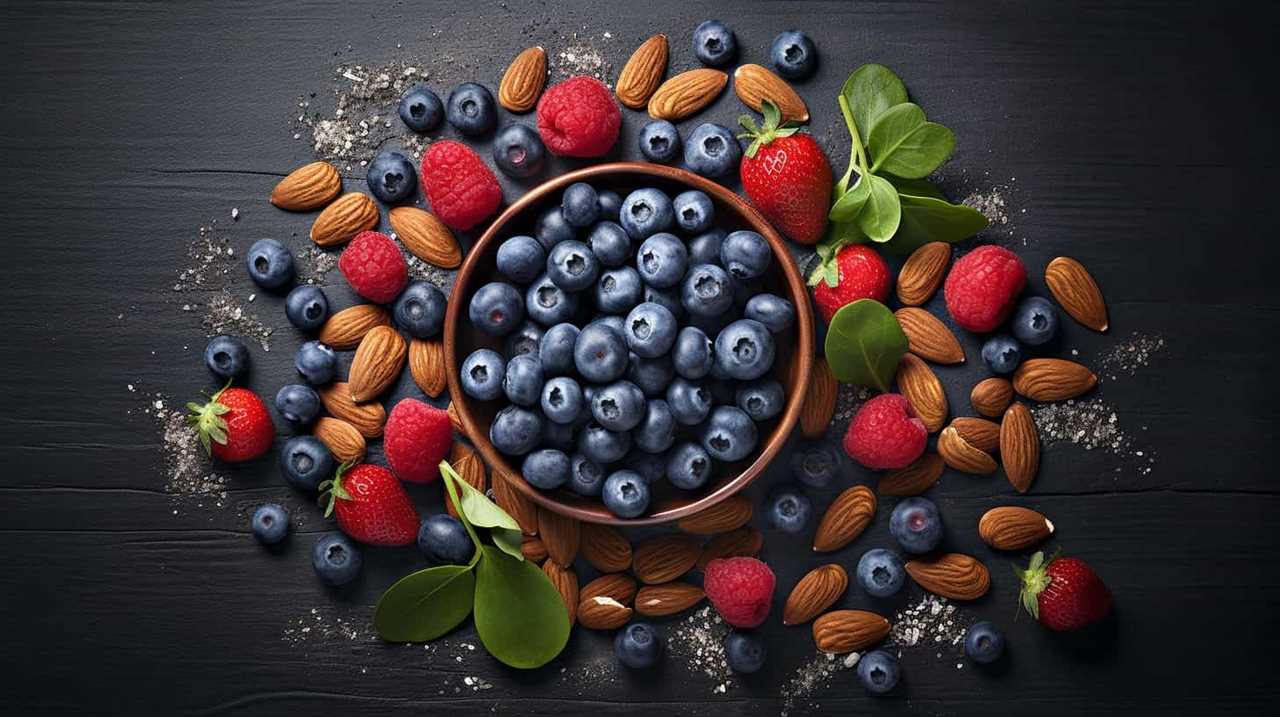
- Regularly inspect your plants for signs of pests such as aphids or spider mites. Use organic insecticides or introduce beneficial insects like ladybugs to control their population.
- Provide adequate air circulation by spacing out your plants. This helps prevent the spread of fungal infections like powdery mildew.
- Avoid overhead watering to minimize moisture on the leaves, as it can create a favorable environment for fungal growth.
By implementing these preventive measures, you can ensure the health and vitality of your Salvia Hispanica plants.
In the next section, we’ll discuss the essential steps for harvesting and storing chia seeds, ensuring you get the most out of your cultivation efforts.
Harvesting and Storing Chia Seeds
We harvest and store chia seeds using proper techniques to preserve their quality and nutritional benefits.
Storing chia seeds properly is crucial for prolonging their shelf life and ensuring they remain fresh and nutritious. To store chia seeds, it’s best to keep them in an airtight container in a cool, dark, and dry place. Exposure to light, heat, and moisture can lead to the degradation of the seeds’ nutritional value and shorten their shelf life.
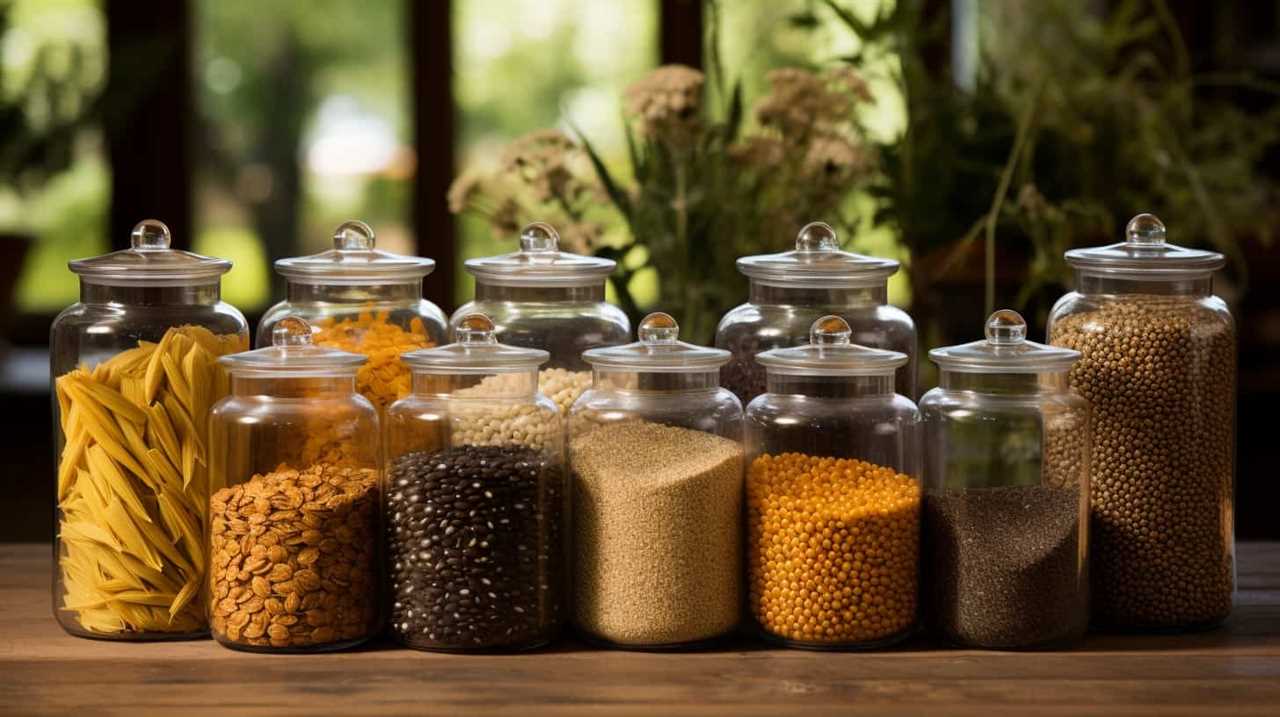
It’s also important to avoid storing chia seeds near strong odors, as they can absorb these odors easily.
Frequently Asked Questions
Can Salvia Hispanica Be Grown in Containers?
Yes, salvia hispanica can be grown in containers. Growing salvia hispanica in pots offers several benefits, such as better control of soil conditions and easier movement for optimal sunlight. It’s a practical and convenient option for nurturing this plant.
How Long Does It Take for Salvia Hispanica Seeds to Germinate?
Salvia hispanica seeds typically take about 7-14 days to germinate. To ensure optimal growth, provide them with well-draining soil, consistent moisture, and a warm environment with temperatures between 70-85°F.
What Are Some Common Pests and Diseases That Affect Salvia Hispanica Plants?
Some common pests and diseases that affect salvia hispanica plants include aphids, powdery mildew, and root rot. To manage these issues, we recommend using natural remedies like neem oil and practicing good plant hygiene.
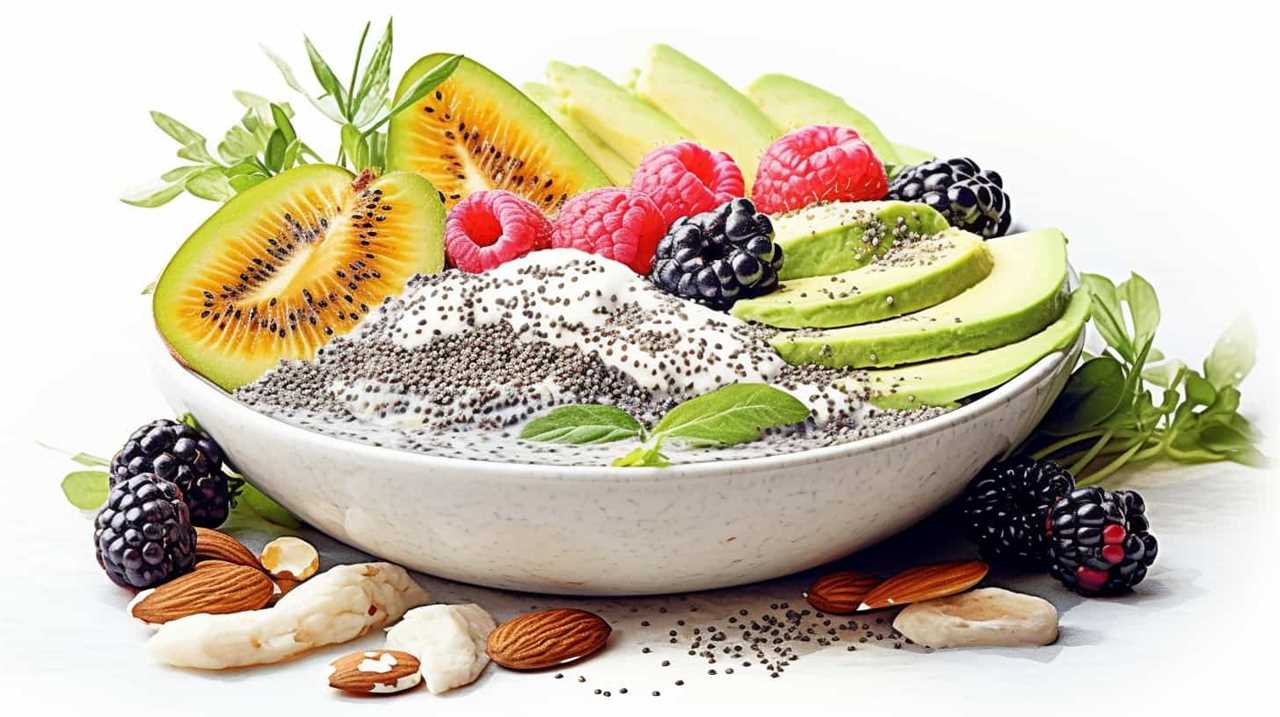
Can Salvia Hispanica Be Grown Indoors?
Yes, you can grow Salvia Hispanica indoors. It provides numerous benefits such as accessibility and year-round cultivation. With proper lighting and soil conditions, indoor cultivation of Salvia Hispanica can be a rewarding experience.
What Are the Ideal Temperatures for Growing Salvia Hispanica?
The ideal temperature range for growing salvia hispanica is between 60 and 75 degrees Fahrenheit. To protect the plants from extreme temperatures, it is important to provide shade during hot days and cover them during cold nights.
Conclusion
In conclusion, cultivating and nurturing salvia hispanica, or chia seeds, is a breeze! Just follow these expert tips on soil, sunlight, watering, pests, and harvesting, and you’ll have a thriving chia garden in no time.
It’s so easy, it’s almost like having a magic green thumb. So go ahead, impress your friends with your chia-growing skills and enjoy the nutritious benefits of these tiny super seeds.
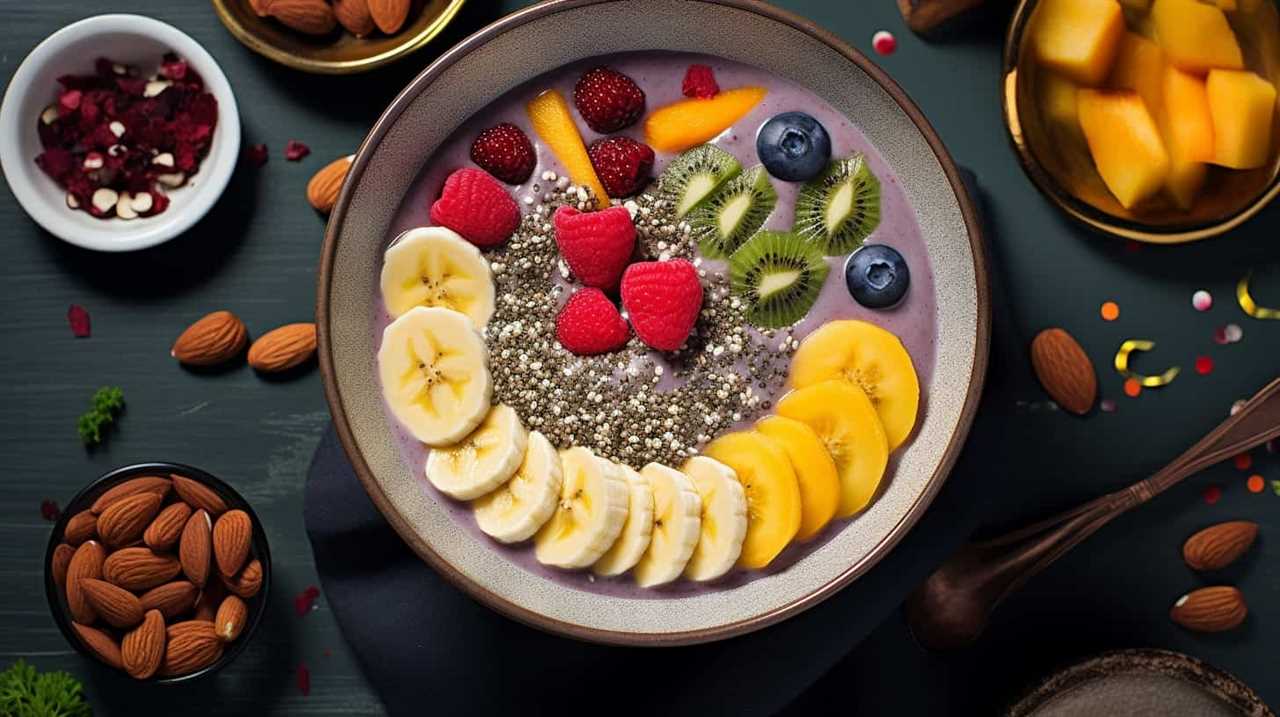
Happy chia gardening!


